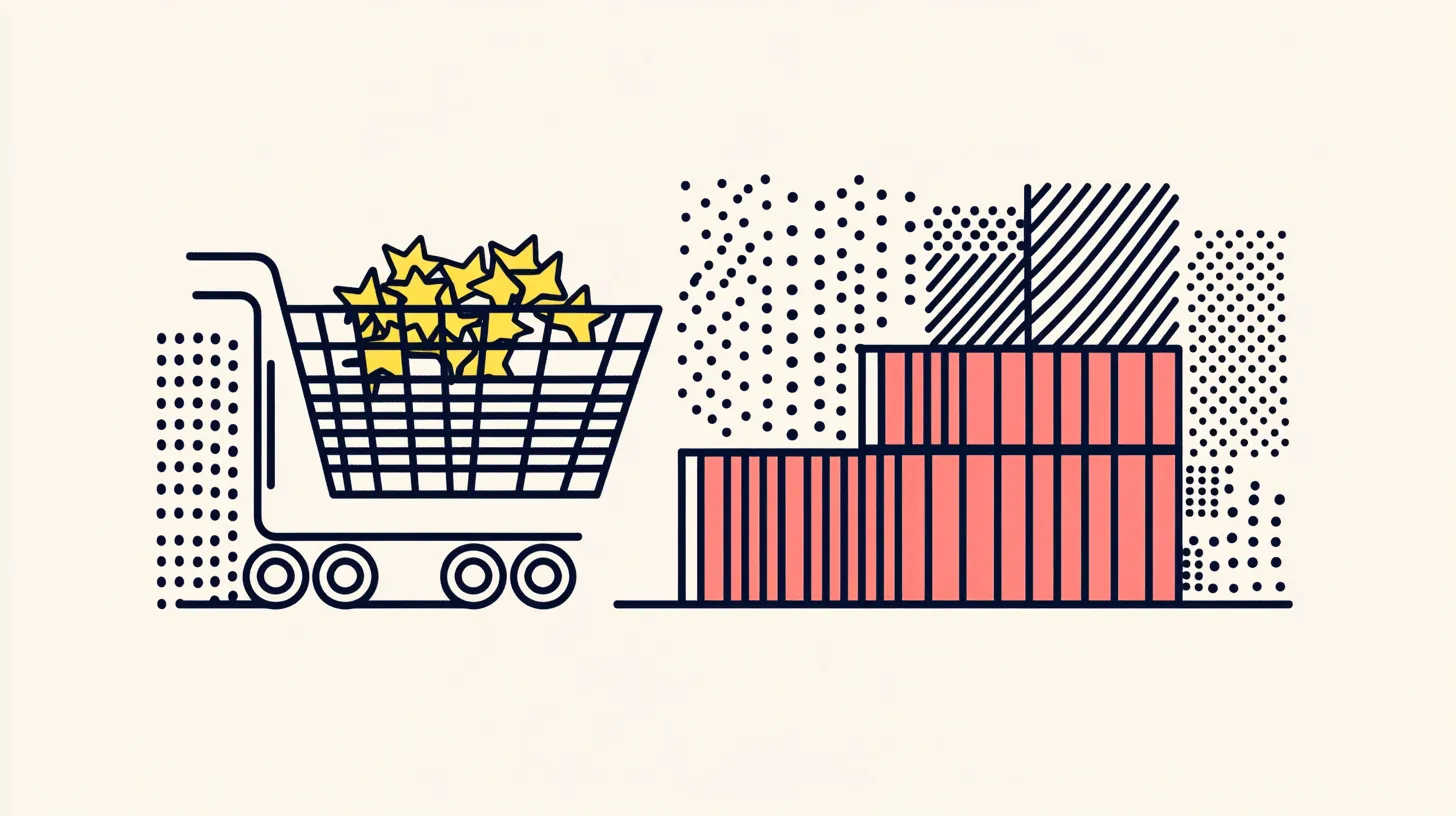EU Tightens Its Stance on China
The European Union is preparing wide-ranging protective measures to safeguard its industries from international competition (read here). The core elements include:
- Protective tariffs of 25% to 50% on imports from China;
- New “Buy European” rules that prioritize European suppliers in public procurement.
The message is clear: the EU intends to take a tougher line against trade partners perceived as not playing by the rules. Industries where Chinese companies have gained significant market share in recent years – such as steel, electric vehicles, and machinery – are at the center of attention.
Implications for Chinese Companies
For Chinese businesses active in Europe, these measures create increased risks but also strategic opportunities:
- Rising Import Costs
- Higher tariffs will raise the cost of Chinese goods in the EU;
- This affects not only finished products but also components and intermediate goods in European supply chains.
- Restrictions in Public Procurement
- EU public tenders for infrastructure and government projects may increasingly favor European-based companies;
- Winning bids could require proof of local production or European value creation.
- Tighter Oversight
- The EU has already initiated anti-dumping and anti-subsidy cases against Chinese exporters;
- With new rules, customs checks and compliance reviews are likely to become stricter, increasing the risk of investigations.
Common Compliance Risks
Chinese companies already face a range of legal and compliance challenges in the EU. These will become even more critical under the new regime:
- Circumvention allegations: routing goods through third countries to bypass anti-dumping duties;
- Origin issues: false or incomplete certificates of origin;
- Compliance gaps: insufficient supply chain documentation or unclear production processes;
- Criminal liability: in severe cases, investigations by customs or even the European Public Prosecutor’s Office (EPPO) may be triggered.
Recommended Actions for Chinese Businesses
To remain competitive and reduce exposure, companies should act now:
- Audit supply chains
- Ensure complete traceability of production steps and origin certificates.
- Strengthen compliance systems
- Implement or upgrade internal controls covering customs, export controls, and subsidy documentation.
- Localize operations
- Establish production, assembly, or storage facilities in Europe to demonstrate “local value.”
- Engage legal counsel
- Early consultation with specialized lawyers helps identify risks and avoid costly proceedings.
Conclusion
The upcoming protective tariffs and “Buy European” rules mark a clear shift in EU–China trade relations.
For Chinese companies, the stakes are high: compliance requirements will become tougher, and the risk of scrutiny will rise. Yet those who adapt early – by strengthening compliance, ensuring transparent supply chains, and considering local value creation – can not only mitigate risks but also seize new opportunities in the European market.


